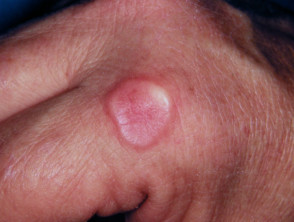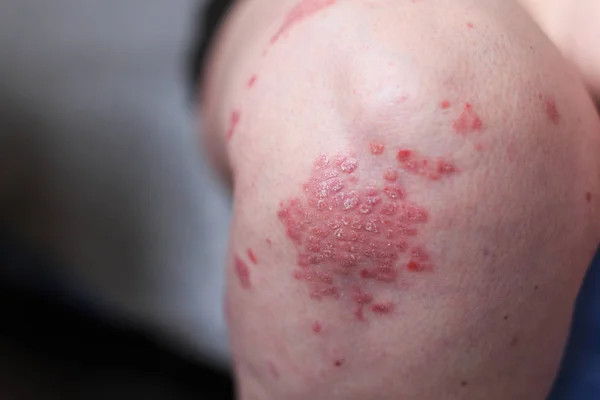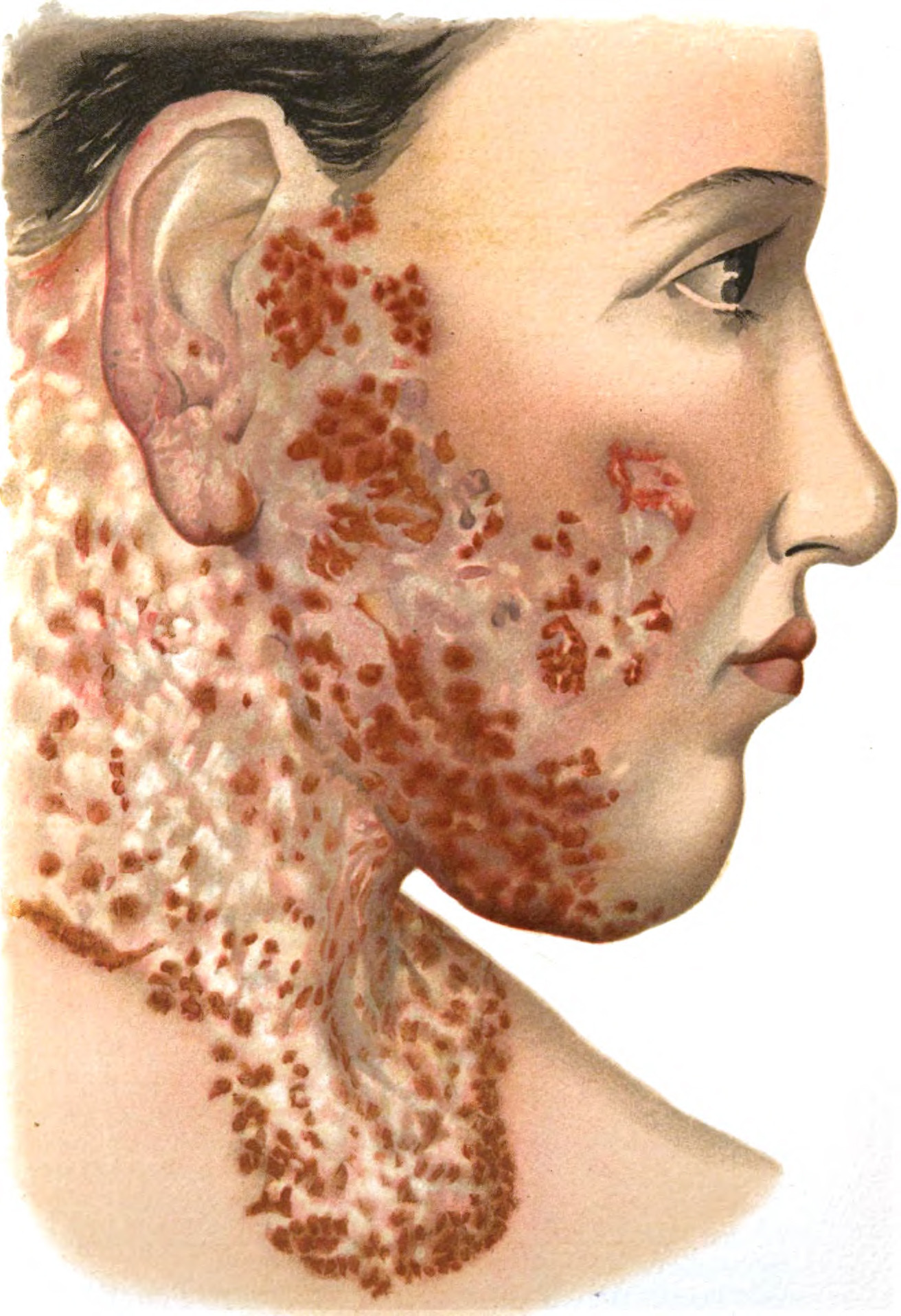Definition
Pityriasis alba is a skin disorder that manifests as red, scaly patches on the skin, which gradually transition into pale white patches over time. This skin condition primarily affects children and young adults, particularly within the age range of 3 to 16 years, with approximately 90% of cases occurring in children under 12 years old. The precise etiology of pityriasis alba remains unknown.
The patches characteristic of pityriasis alba can initially present as red or pink in coloration with varying shapes, including round, oval, or with irregular borders. These patches may vary in size, with some smaller than a coffee bean and others larger than a golf ball.
The patches found in pityriasis alba may resolve spontaneously or with the application of moisturizing creams. However, residual pale marks on the skin may persist after the redness fades, hence the term "pityriasis alba," where "pityriasis" refers to scaliness and "alba" means white. Concerns regarding appearance often arise among patients and their parents due to the visible presence of these patches. It is important to note that pityriasis alba poses no harm and is not contagious.
Typically, this condition will heal on its own over a span of several months to years without the need for medical treatments. The majority of cases resolve within one year.
Causes
The specific etiology of pityriasis alba remains unknown, although it is commonly regarded as a mild variant of atopic dermatitis, a type of skin inflammation (dermatitis). Atopic dermatitis is characterized by heightened immune activity, leading to aggressive responses to any skin irritants. Dermatitis encompasses a range of conditions marked by skin rashes, itching, and swelling.
The skin serves as the body's external defense against microbes and foreign substances that can enter the body. People with a history of allergies may exhibit compromised skin protective functions. Pityriasis alba is considered a nonspecific dermatitis, wherein white patches emerge following skin inflammation.
Several studies have suggested associations between pityriasis alba and factors such as diminished oil gland size and anemia resulting from iron deficiency, although additional research is required to fully understand these relationships. Furthermore, excessive use of topical corticosteroid creams or ointments in the treatment of eczema can precipitate the occurrence of pityriasis alba, resulting in the development of white patches in areas where eczema has resolved.
Risk Factors
Pityriasis alba predominantly affects children and adolescents. It is estimated that it occurs at 2-5% among children, most commonly occurring in the age group of 6–12 years. Incidence among adults is rare. Notably, there is a correlation between pityriasis alba and atopic dermatitis, particularly in children.
Individuals with atopy, or those with a familial history of atopy, have an increased risk of pityriasis alba compared to those without such factors. Atopy is a genetic predisposition towards allergic diseases, including allergic rhinitis, asthma, or atopic dermatitis.
Furthermore, pityriasis alba can affect individuals across all racial groups. While some studies suggest a higher incidence among individuals with lighter skin tones, others indicate the opposite trend. Notably, the cosmetic impact of pityriasis alba may be more pronounced and bothersome for people with darker skin tones. While men face a slightly elevated risk of developing pityriasis alba, women are also susceptible to this condition.
Pityriasis alba often manifests in children who frequently take hot baths or are exposed to sunlight without adequate protection from the sun. However, the direct causal relationship between these factors and pityriasis alba remains unclear.
Symptoms
People with pityriasis alba typically present with round, oval, or irregularly shaped skin patches, ranging in color from pale pink to red. These patches are often characterized by scaliness and dryness. Common areas of occurrence include the cheeks, upper arms, neck, chest, and back.
Over time, pink or pale red patches may transition into light-colored patches, with a typical duration of disappearance ranging from a few weeks to several months. Occasionally, the patches persist for several years in certain cases.
The visibility of patches could increase during the summer months when the surrounding skin darkens due to tanning. Accordingly, the use of sunscreen can mitigate patch visibility during this period. Notably, light patches are more conspicuous in individuals with darker skin tones.
Diagnosis
Doctors can generally recognize pityriasis alba by inspecting the patches on your skin. If deemed necessary, a biopsy may be conducted, involving the extraction of a skin sample for microscopic examination. It is rare to find problems from the biopsy results.
Management
Treatment for pityriasis alba is typically unnecessary, as the skin patches tend to resolve spontaneously over time. However, doctors may prescribe moisturizers or low-potency topical steroids to help relieve symptoms and reduce patch visibility. In some cases, non-steroidal creams like pimecrolimus may also be recommended. The creams are prescribed to address skin discoloration, dryness, or itching.
It is important to approach treatment with patience, as the resolution of symptoms may take several months. Most cases of pityriasis alba resolve with age. Adherence to prescribed medications and regular consultations with a doctor are essential.
The duration of symptoms varies, with the appearance of new or recurrent patches occurring intermittently. The duration of pityriasis alba can range from 1 month to 10 years, typically resolving within a few months to a year. Treatment could help speed up healing in certain cases.
Complications
The prognosis for pityriasis alba is generally favorable, as skin patches typically resolve spontaneously and the color of the lesions changes to normal. Moreover, there are no symptoms or long-term residual effects associated with pityriasis alba. However, there is a slight increase in the risk of sunburn in hypopigmented areas.
However, skin patches could pose cosmetic concerns for patients. People affected by pityriasis alba may experience feelings of embarrassment and insecurity due to the perceived impact on their appearance.
Prevention
To prevent pityriasis alba, people can take the following steps:
- Maintain overall health and immunity
- Practice good skin hygiene
- Seek prompt medical attention if skin patches indicative of pityriasis alba appear
- Undergo regular skin evaluations with a doctor, especially if symptoms appear
- Avoid direct sun exposure, use sunscreen with a minimum SPF of 30 when outdoors, and reapply sunscreen every 2 hours to minimize the risk of recurrence and prevent the patches from darkening
- Avoid skin injuries and conditions that contribute to skin dryness, as these can exacerbate symptoms of pityriasis alba
When to See a Doctor?
Pityriasis alba typically resolves on its own without requiring specialized treatment. However, individuals should consult a doctor if symptoms begin to disrupt daily activities, either due to their appearance or because of associated itching. Doctors can prescribe appropriate skincare medications.
Looking for more information about other diseases? Click here!
- dr Hanifa Rahma
Cafasso J. (2018). Pityriasis alba. Retrieved 27 April 2022, from https://www.healthline.com/health/pityriasis-alba
Pinney SS. (2020). Pityriasis alba. Retrieved 27 April 2022, from https://emedicine.medscape.com/article/910770-overview
Fowler P. (2022). What is pityriasis alba?. Retrieved 27 April 2022, from https://www.webmd.com/skin-problems-and-treatments/skin-pityriasis-alba#
Barrell A. (2021). What to know about pityriasis alba. Retrieved 27 April 2022, from https://www.medicalnewstoday.com/articles/pityriasis-alba
Brannon HL. (2022). An overview of pityriasis alba. Retrieved 27 April 2022, from https://www.verywellhealth.com/pityriasis-alba-1068759
Givler DN, Basit H, Givler A. (2021). Pityriasis alba. Retrieved 27 April 2022, from https://www.ncbi.nlm.nih.gov/books/NBK431061/












